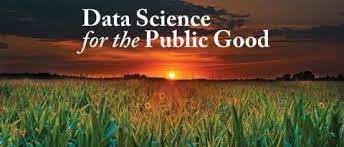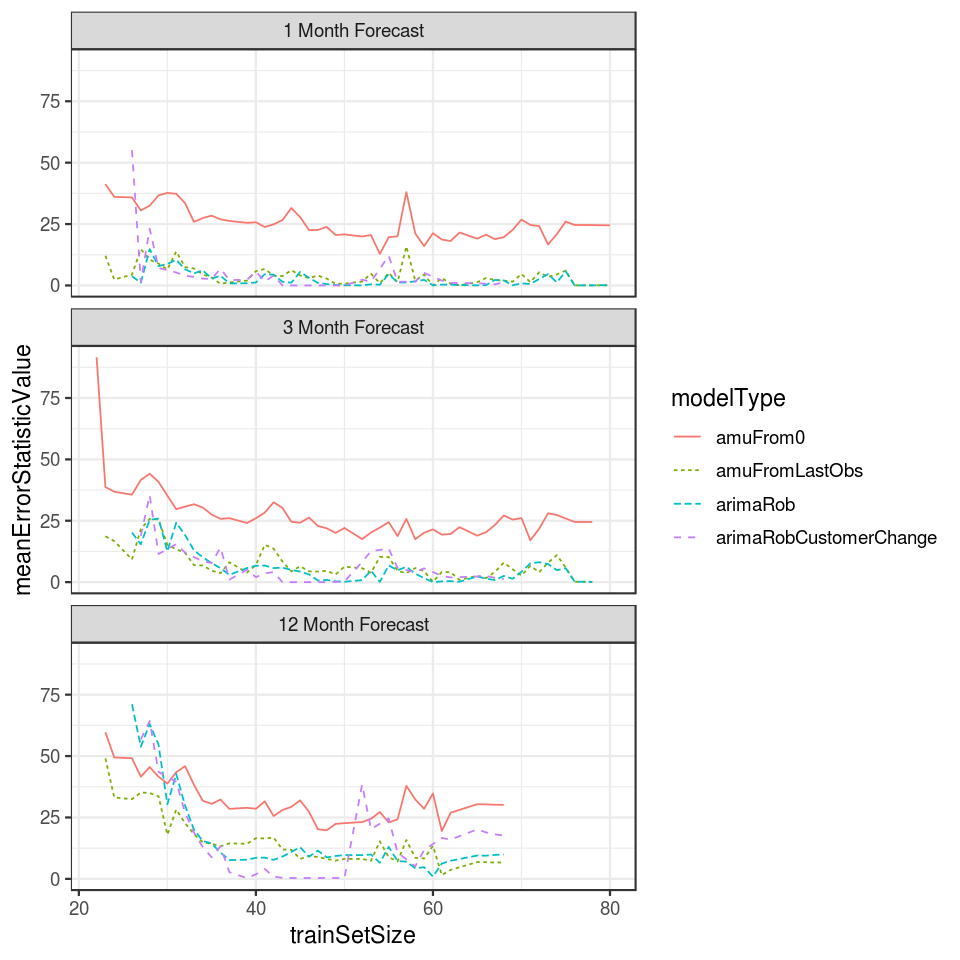This page summarizes some of my graduate school work experiences. Check out my USGS staff profile for more recent experiences.


Data science for the Public Good
In Summer 2021 I had the honor of working with the Iowa Department of Human Rights (IDHR) as part of the Data Science for the Public Good program. IDHR was interested in collecting and analyzing Iowa workforce and economic development data to develop educational resources for state legislators and other stakeholders. As a Graduate Fellow, I along with ISU faculty Chris Seeger and Bailey Hanson supervised a team of three undergraduate students.
As the team supervisor, I worked closely with the undergraduate
students to teach them how to use R and help them clarify the “story” of
their data. My goal was less to dictate what each student should be
working on and more to support them in searching for data that they
would be passionate about analyzing. For example, I collaborated with
and taught one of our undergraduate students how to create an
interactive shiny application to explore language usage across Iowa. I
developed resources such as an R package called dspgWork to
scrape, save, and load data in a coherent manner. I also created a
website and wrote a variety of articles (accessible here: https://dspg2021.github.io/work/)
demonstrating how to pull, analyze, and visualize data using my and
other R packages. Apart from this supervisorial support role, I also
took the lead on analyzing and summarizing data related to Iowa
unemployment rates (see here).
Using software such as the tidycensus
and tidyverse R
packages, we pulled and analyzed data from the American Community
Survey, Public-Use
Microdata Survey, and other sources. We created poster series
entitled “Just the Facts” on Workforce and Economic Development
with our most salient findings. These have been used by DHR to educate
legislators and other stakeholders on, for example, how the COVID-19
pandemic affected Iowa unemployment rates across age, sex, and
race/ethnicity. I created a website to hold these posters accessible
here: https://dspg2021.github.io/work/index.html.
One of our undergraduate students also created an interactive dashboard
to show language usage across Iowa (not publicly available
currently).
John Deere Data Analytics Intern

In Summer 2019 I had the opportunity to work with the Aftermarket Analytics team at John Deere Headquarters in Moline, IL. One of their major products was developing a statistical model to predict when machines would require maintenance. Using this model, necessary maintenance could be recommended before the machine broke down.
One of my tasks for the summer was to explore and validate a model to
predict machine hour usage - a major predictor in their maintenance
predictor model. Machine hour usage is simply the cumulative number of
hours that a machine has been in-use since manufacturing. To accomplish
this, I used the forecast
R package to fit various time series models. To compare models, I also
developed a validation procedure that utilized rolling-origin
cross-validation. Using training data, we predict one month, three
months, and 12 months away from a particular time step and compare the
observed and predicted values.
Another task was to assess the data quality of the recorded machine hour times. At the time, the Aftermarket Analytics group was throwing away a lot of usage data they were seemingly mis-recorded. I performed a variety of exploratory data analyses to determine the source of these data anomalies. I discovered that machines that had changed owners frequently throughout their lifetime were more likely to have mis-recorded data. Additionally, I identified specific John Deere certified dealers in South Africa that frequently mis-recorded data. While I left before the problem was fully resolved, one of the other members of the Aftermarket Analytics team reported the issue to the data quality team.
A summary of my summer projects, in the form of a Databricks notebook, can be found here here.